Trees
-

Many fruit trees are purchased as bare-root trees. A bare-root tree is a dormant tree that has no soil or planting medium around the roots. Here are some tips on storing, planting, and caring for your bare-root fruit tree.
Jule-Lynne Macie and Lynwood Blackmon
|
-

Many types of fruits and nuts can be grown in Georgia due to our mild climate. This publication provides an outline of the culture and management of the exotic and uncommon fruits and nuts that can be grown in Georgia.
Gerard W. Krewer and Bob Westerfield
|
-
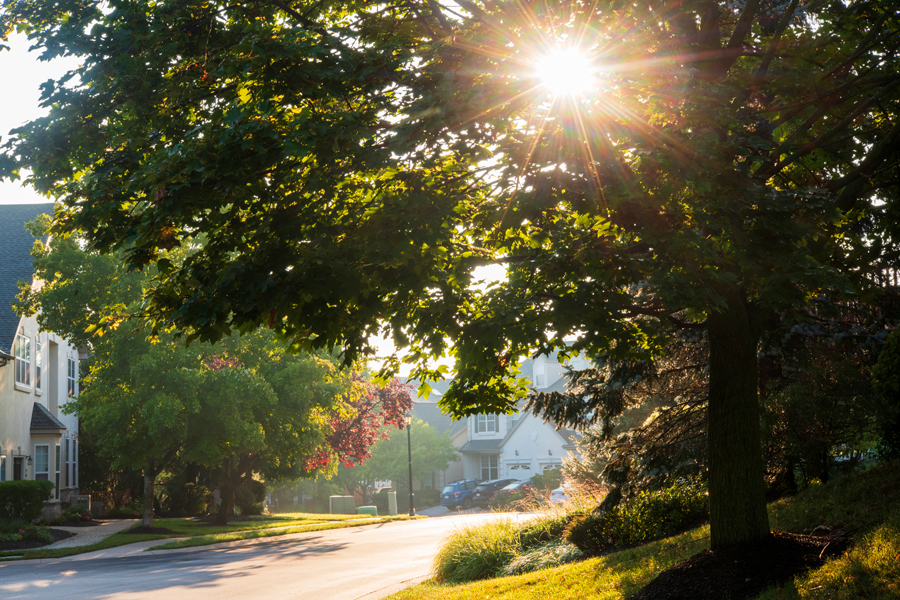
This publication discusses the ownership, responsibility, and liability of trees. It presents common situations in which a neighbor’s trees encroach on another’s property and suggests ways to resolve related conflicts.
Mary Carol Sheffield, Ellen M. Bauske, Kim Toal, and Lynwood Blackmon
|
-
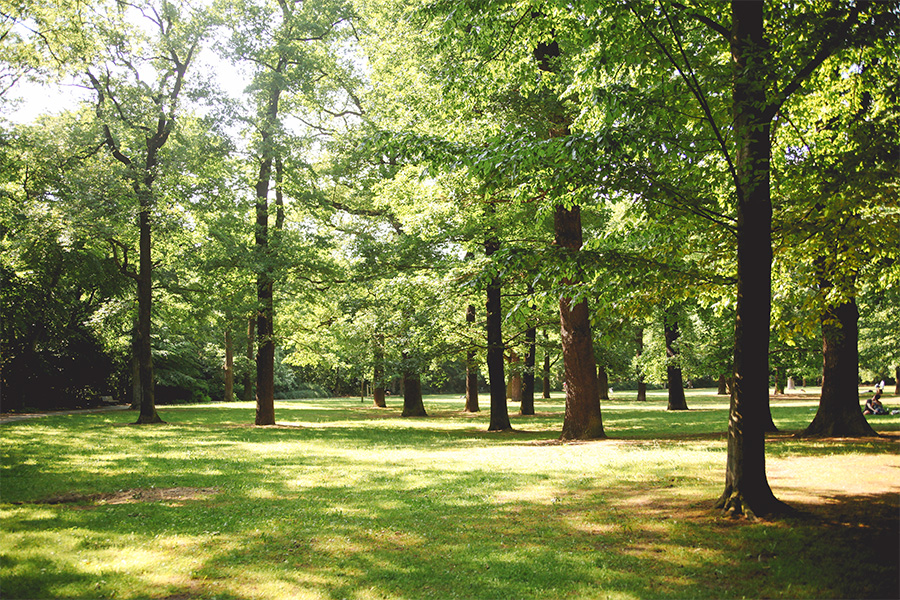
C 1013
Shade Trees for Georgia
Shade trees are a staple of Southern landscapes and include a variety of species, forms and seasonal appeal. In the Southeastern U.S., shade trees are used most often to provide relief from the summer sun and heat. Additionally, shade trees can be utilized to channel summer breezes to desired locations, add monetary value to a property, define outdoor spaces, and improve landscape sustainability by reducing soil erosion, decreasing storm water flows, increasing rainwater infiltration and increasing wildlife habitat.The information in this publication will assist homeowners in making informed decisions when selecting fast growing shade trees for urban and suburban environments.
Gary Peiffer, Kim D. Coder, Bodie V. Pennisi, and Matthew Chappell
|
-

C 740
Home Garden Apples
Learn how to grow apples at home—they are adapted to grow in most areas of Georgia. Although the northern half of the state is best suited for the more conventional apple varieties, you can have success in the southern half of Georgia with adapted varieties.
Bob Westerfield
|
-
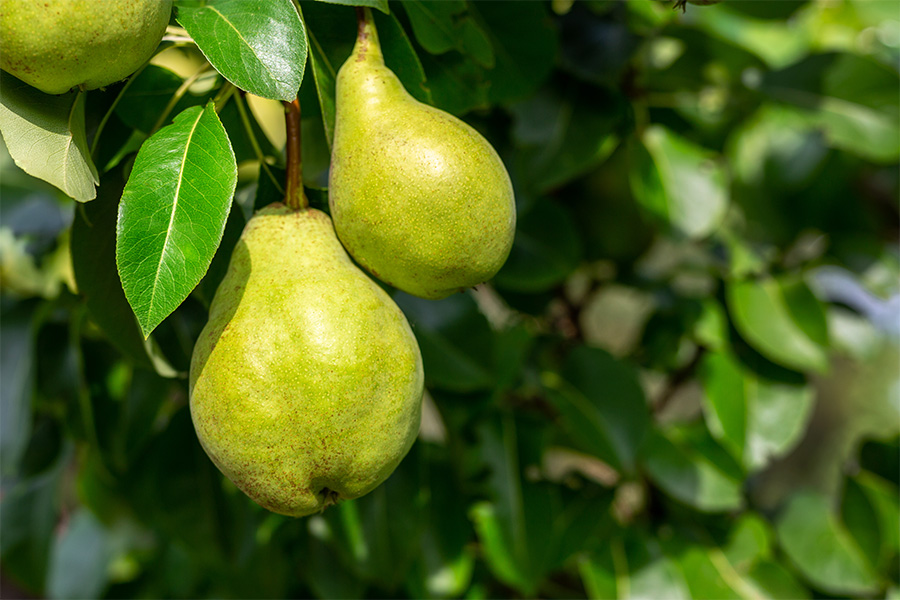
C 742
Home Garden Pears
Find out how to grow pears at home. They are adapted to nearly all of Georgia, and it’s not uncommon to find trees as much as 50 years old that are still producing fruit.
Bob Westerfield, Paul F. Bertrand, and Gerard W. Krewer
|
-
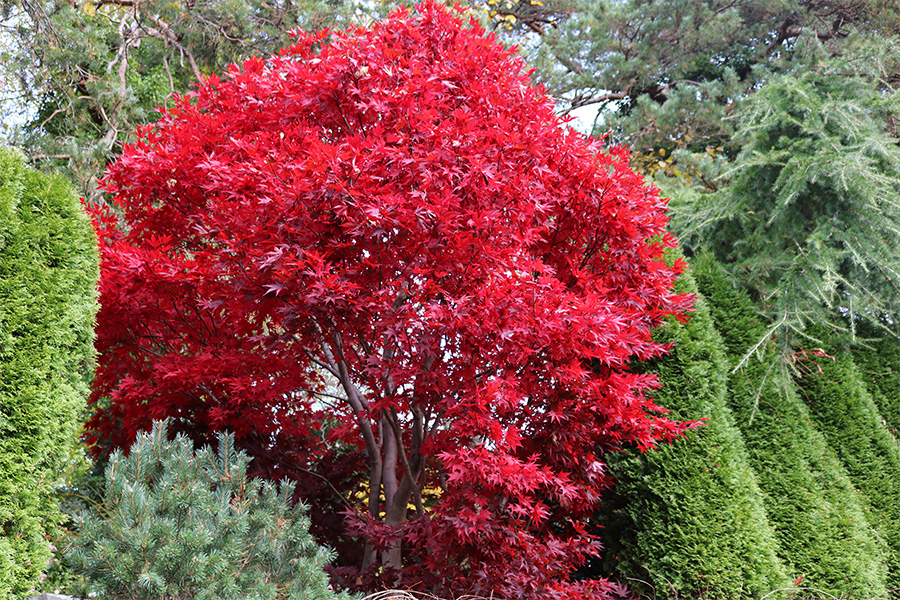
This resource will help you choose small trees and shrubs that can provide privacy from your neighbors, separation from a road with heavy traffic or a screen to hide unattractive areas.
Bob Westerfield and Malgorzata Florkowska
|
-

Pruning is one of the most important cultural practices for maintaining woody plants, including ornamental trees and shrubs, fruits and nuts. Proper pruning requires a basic understanding of how plants respond to various pruning cuts. The principles and guidelines in this publication will help you master common pruning techniques.
Bob Westerfield and Gary L. Wade
|
-
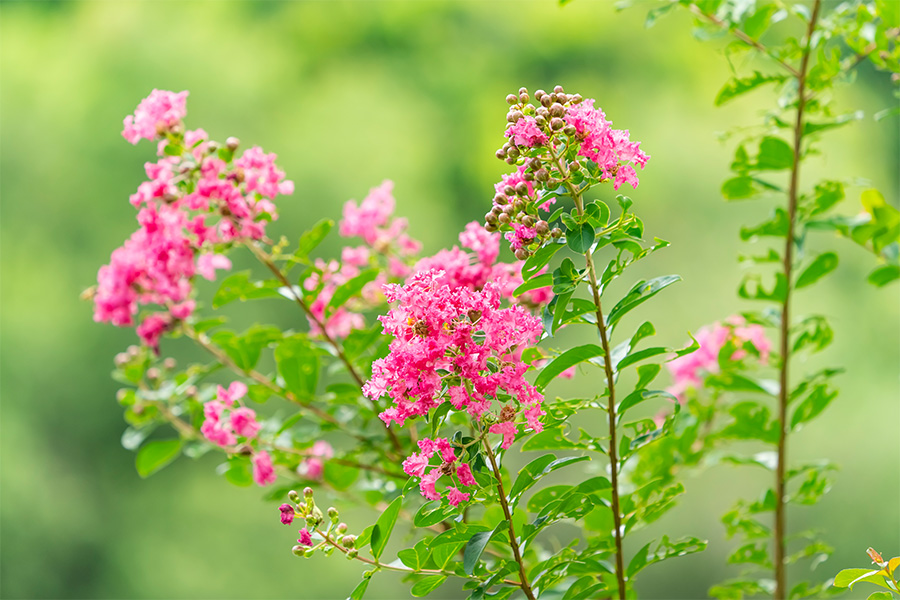
C 944
Crape Myrtle Culture
Crape myrtle is one of the most useful flowering shrubs/trees grown in Georgia. It provides abundant summer color with a minimum of maintenance.
Bodie V. Pennisi and Jean Williams-Woodward
|